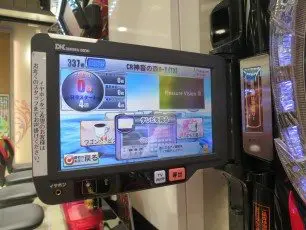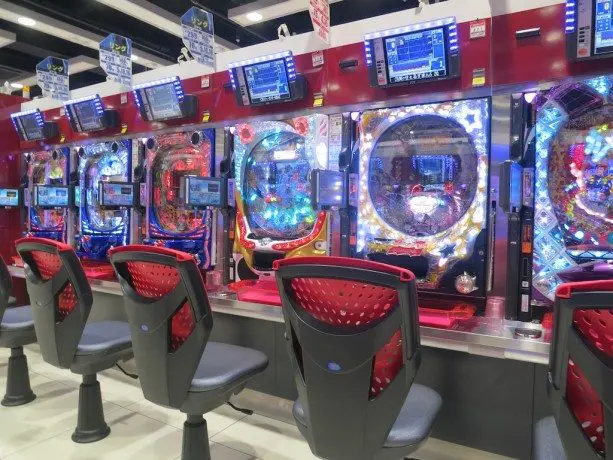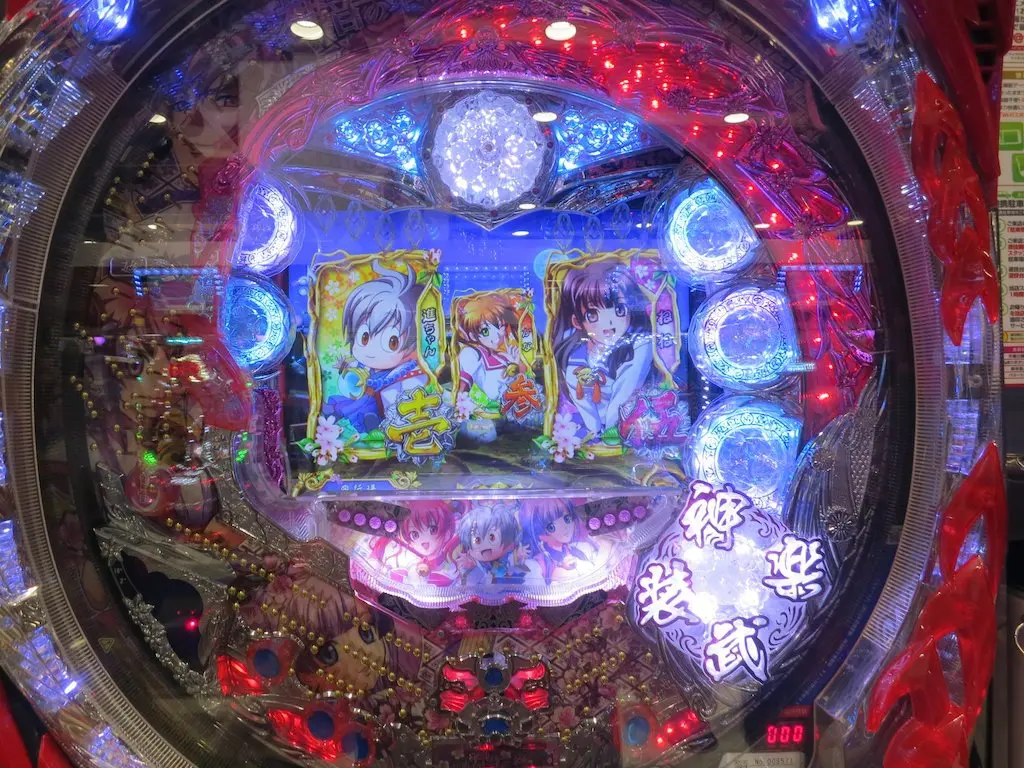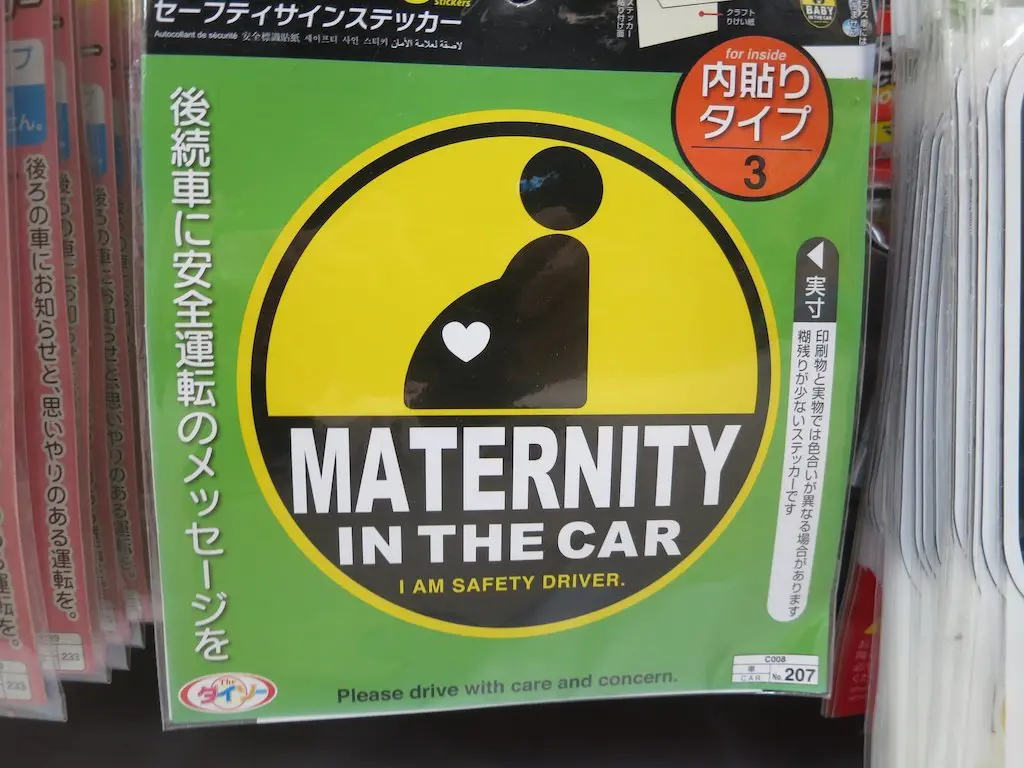Luck, Money, And A Lot Of Balls – Pachinko
One of the first things I notice walking around Japan are massive, flamboyant, fun-looking buildings everywhere. It is difficult to explain, but you just look at these places and think, “Hmm, whatever is going on in there, it must be pretty fun.”
So what’s the big, fun mystery? Pachinko.
The hell is pachinko?
Glad you asked. Pachinko is a sort of pinball, slot machine hybrid game that has been around Japan for almost a century. It is used as both a gambling device and a recreational game (aka practice for those too young to gamble). Despite gambling being illegal in Japan, the insanely profitable pachinko industry has found ways around the rules.

So how does pachinko, something that is very clearly gambling, and that is widely recognized and advertised as gambling across the country, get away with it? Pachinko parlors have got some serious balls. A lot of balls.
Pachinko is played by firing tiny metal balls up into a (pachinko) machine in the hopes of landing a jackpot and thereby growing your collection of tiny metal balls. I told you, lots of balls.
So what does this have to do with pachinko being legal? Well, when you hit a jackpot in pachinko you receive balls in return, not money. Yeah, but then don’t you just exchange these balls for money? Nope. You trade in your balls for prizes! Prizes? Yes, prizes. These prizes can be anything from a bag of candy to other more valuable “prizes” (commonly made of some precious metal).
And what do you know? There just happens to be a separate building (typically a discrete window) immediately adjacent to the pachinko parlor that will pay you money for your “prizes”. Wow, that is nice of them. Funny how the value of my balls and my prize seem to be precisely in line with one another. Well, it’s a good thing I got this money selling my prize and not from gambling, because that would be illegal.

Walking around a pachinko parlor you will see the more dedicated players with (literally) thousands of balls stacked in trays behind their seats. What is the monetary equivalent of each of these balls? This I was unclear on, but I believe that just as with slot machines ranging from the penny slots up to “who-the-hell-plays-those” slots, pachinko balls can be worth anywhere from one yen (~ 1/10 a US cent) up to hundreds of yen (100 yen ~ $1 USD) depending on the machine.
And there are only pachinko machines in these monstrously sized buildings? Yes. Just pachinko.
Talking to people, you would not think pachinko popular. It seems as though nobody has ever played, and if they have it was a “one and done” sort of deal. But this cannot possibly be representative of Japan because these pachinko parlors are everywhere, and they are huge.

Even if you are not at all interested in gambling, I suggest you at least walk into a pachinko parlor to check it out – it is an experience in itself.
The second you cross the plane into the parlor you are on sensory overload. The first thing you notice? It is loud. Like really loud. The noise of the machines is easily enough to make some people end their pachinko experience at the door.
So who is actually playing pachinko?
Well, in my times spent in pachinko parlors (more than I would care to admit), I observed a population composed of mostly younger male professionals and older people (much older people). It’s like a little piece of Reno in Japan.
I was very intrigued by the pachinko parlors, and figured that since there are so many of them, there has to be something to this pachinko business. I decided to play.
MAKING IT RAIN BALLS

Before throwing my money away on pachinko, I had to know what I was getting myself into.
After completing a series of instructional pachinko videos courtesy of the interwebs, I felt prepared to attempt playing without drawing too much attention to myself as a novice (however, I don’t know that anyone playing pachinko is capable of focusing on anything other than their machine).
I walk into a parlor I have been passing for a couple of weeks now, and I am again astounded by how loud it is. My ears adjust as my eyes would to the dark – slowly and painfully. The air is 90% smoke, but at least the temperature is comfortable, and there is no shortage of things to look at.
Now for the all important decision of many a gambling endeavor: choosing the right seat.
Aimlessly wandering the rows of pachinko players glued to the bright and flashing lights in front of them, I attempt to convince myself that my perusing the various machines will have some sort of positive impact on my pachinko playing experience. Finally, I choose a machine adorned with anime characters and sporting a red trim. Red is lucky, right?

I sit down in the chair, which is quite exciting: it swivels, slides back and forth, and is just the right height for optimal pachinko playing positioning. To my left I find a color touchscreen with options to call an attendant, order drinks (no alcohol allowed), track my play, and perform a slew of other options that I fail to decipher.
I don’t think I ever need to leave this place.
I stick ¥1,000 (~$10) into the machine and nothing happens. Curious. I carefully examine the buttons, pressing them one at a time until finally the machine begins dispensing balls into the tray in front of me. Great success.
The pachinko machine lights up like the Fourth of July, and I reach for the knob, eagerly anticipating my first play. The knob? Yes the knob, your physical connection into the world of pachinko.
The knob (located on the lower right-hand side of the machine) controls how hard balls are fired up into the pachinko machine (like the spring-loaded plunger on a pinball machine). Too soft? The balls are lost forever. Too hard? Same result. The sweet spot is not too difficult to find, but you will burn a few balls trying to find it your first time.

Unlike pinball which requires you to re-engage the plunger each time you wish to fire a new ball, the pachinko machine takes care of reloading automatically. This allows you to just hold the knob in place once you find that sweet spot. Now all that’s left to do is sit back and watch your balls (and money) get flushed away.
Sitting in front of the machine, watching the balls bounce their way down into vast uncertainty, I am reminded of Bob Barker. Why Bob Barker? As a child I spent countless sick days watching contestants on The Price Is Right play “Plinko”, a game shockingly similar to pachinko. It would seem that my childhood (previously thought to have been wasted) has predestined me for glory and riches.
I sit watching the madness on the screen unfold in front of me as I hold the knob, shooting balls with flawless precision. There appears to be some sort of animated show going on (none of which I can understand), and occasionally spinning slot reels will appear. When these slots align more things happen (I still have no idea what), and sometimes I get more balls.
I am completely lost.

When I win more balls and when my balls are eaten I do not know. What I do know is that my supply of balls is rapidly diminishing. I’m losing the pachinko!
All of a sudden a giant “PUSH” appears in the middle of the screen. I panic. PUSH WHAT?! Oh. There is a button with “PUSH” written on it in the middle of the machine. I push (and all while keeping the knob’s sweet spot in check – maybe I am finally getting the hang of this).
Something happens on the screen and I get a huge ball payout. I’m winning the pachinko! Well I have to keep playing now. That might happen again. Turns out that was a one time thing. I am soon ball-less.
Well, that was fun.
To be honest, I was not impressed with pachinko. Perhaps it was because the story unfolding on the machine’s screen failed to draw me in, or maybe my meager ¥1,000 investment failed to meet the rewards threshold. Regardless, I do not think I will be playing pachinko again any time soon.






